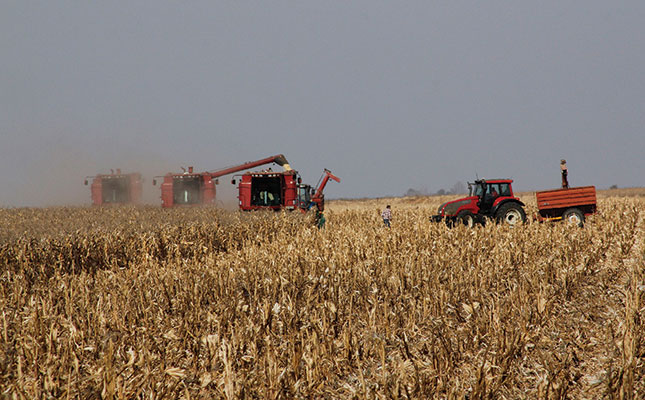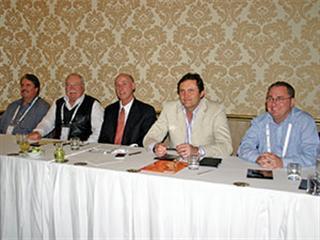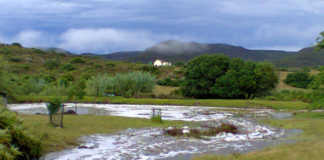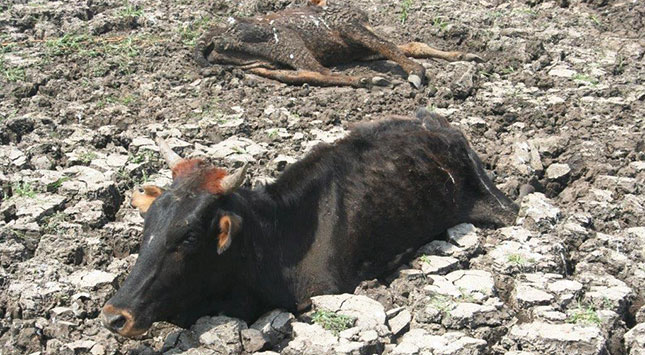
Photo: FW Archive
“Agriculture already has a relatively high debt burden and this interest rate hike will simply put further pressure on farmers who are already struggling with high input prices,” he said.
However, he explained that one had to bear in mind that the current interest rate was at a similar level to that of September 2019. Therefore, the latest increase merely meant that the temporary relief farmers experienced had come to an end.
“Even in the likely scenario [in which] the repo rate increases by another 50 basis points, the country’s interest rate will only be slightly higher than in November 2019.”
The latest interest rate increase meant, however, that farmers faced higher debt servicing costs, and therefore production expansions and machinery sales could slow down, Paul Makube, senior agricultural economist at FNB Agribusiness, said in a statement.
While the SARB’s decision to increase the repo rate was based on “runaway inflation, uncertainty about the Russia-Ukraine war, and weaker domestic and global growth”, the interest rate hike could force marginal farmers to further reduce their farming operations, and those already in a dire financial situation could potentially consider exiting the industry altogether, Makube warned.
In addition to elevated input costs and rising interest rates, the sector was under pressure from continual outbreaks of animal diseases, disruptions to global supply chains, and the resurgence of the use of non-tariff barriers to trade, Makube added.
“In recent years, the financial position of producers was boosted by positive farming conditions.
“This encouraged farmers to expand their operations and replenish the necessary machinery and equipment,” he said, adding that this trend would possibly not continue.
“While the SARB’s decision to increase the repo rate was in line with market expectations for the agriculture sector, it came against the backdrop of declining confidence in the sector as reflected in the Agbiz/IDC Agribusiness Confidence Index.
“The index showed a 7-point deterioration to 53 points in the third quarter of 2022,” Makube explained.
However, the index remained above the breakeven 50-point mark, which indicated that “things may still rebound”, he added.
- The repo rate is the rate at which the SARB lends money to commercial banks. This means that commercial banks’ prime lending rate will increase to 9,75%.












